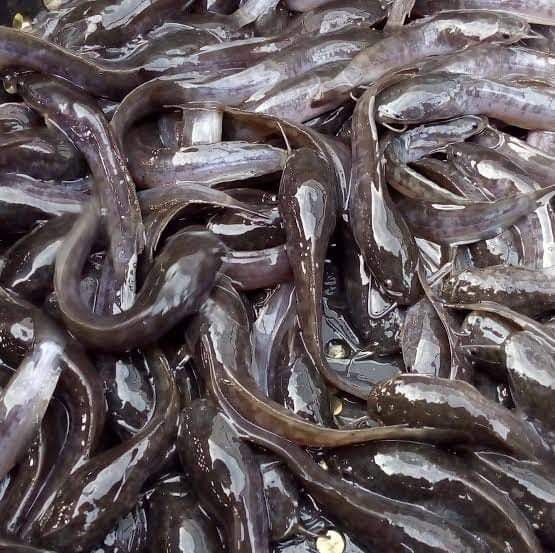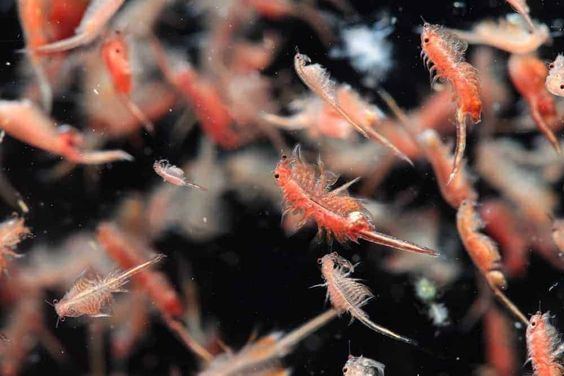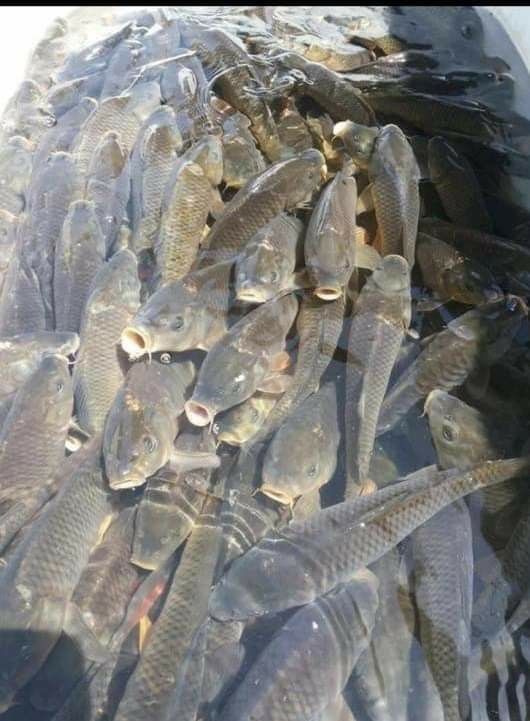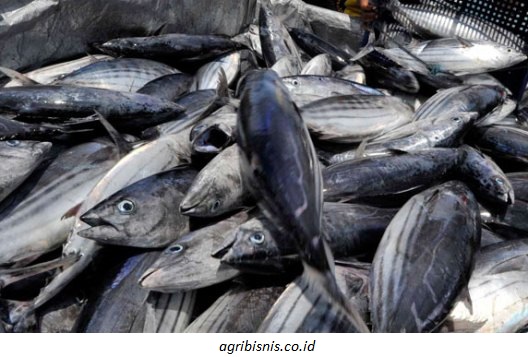Catfish Feed Efficiency: Optimizing Growth for Sustainable Aquaculture
Catfish Feed Efficiency farming is a significant contributor to global aquaculture, providing a nutritious and affordable protein source. However, feed costs represent a major expense for catfish producers. Optimizing catfish feed efficiency – the ability of catfish to convert feed into body weight – is crucial for sustainable and profitable aquaculture practices.
This article delves deep into the world of catfish feed efficiency, exploring:
- The Importance of Feed Efficiency in Catfish Farming
- Factors Affecting Catfish Feed Efficiency
- Strategies to Improve Catfish Feed Efficiency
- The Future of Catfish Feed Efficiency Research
Contents
The Importance of Feed Efficiency in Catfish Farming
Feed typically accounts for 60-80% of the total operating costs in catfish farming [1]. Improving feed efficiency directly translates to:
- Reduced Production Costs: Less feed is needed to achieve desired growth targets, leading to significant cost savings.
- Increased Profitability: By lowering feed costs, catfish farms become more profitable and competitive.
- Environmental Sustainability: Lower feed usage reduces the environmental footprint of aquaculture. Less feed production translates to less resource consumption (land, water, energy) and potentially fewer nutrient discharges from uneaten feed.
Factors Affecting Catfish Feed Efficiency
Several factors influence how efficiently catfish convert feed into body weight. Here’s a closer look at some key aspects:
- Feed Quality: The nutritional content and digestibility of the feed play a crucial role. Catfish require a balanced diet rich in protein, carbohydrates, lipids, vitamins, and minerals. High-quality feeds formulated with readily digestible ingredients promote optimal growth and minimize feed waste.
- Fish Species and Genetics: Different catfish species have varying feed conversion ratios (FCR) – a measure of feed efficiency. Genetics can also influence FCR within a species. Selective breeding programs can help develop catfish strains with improved feed efficiency.
- Water Quality: Optimal water quality parameters like temperature, dissolved oxygen, pH, and ammonia levels are essential for catfish health and growth. Poor water quality can stress fish, reducing their appetite and hindering feed conversion efficiency.
- Stocking Density: The number of catfish stocked in a pond or tank can impact feed efficiency. Overcrowding leads to competition for food and resources, increasing stress and potentially affecting feeding behavior.
- Feeding Practices: The frequency, timing, and amount of feed provided significantly influence efficiency. Feeding practices should be adjusted based on water temperature, fish size, and activity levels to minimize waste.
- Disease and Parasites: Fish diseases and parasitic infections can compromise catfish health, reducing their ability to utilize nutrients efficiently. Maintaining good hygiene and implementing preventive measures are crucial.
Strategies to Improve Catfish Feed Efficiency
By addressing the factors mentioned above, catfish producers can implement several strategies to improve feed efficiency:
- Utilize High-Quality Feeds: Invest in commercially formulated catfish feeds that meet their specific nutritional needs. Look for feeds with high digestibility and optimal protein-to-energy ratios.
- Consider Alternative Feed Ingredients: Research suggests incorporating alternative protein sources like insect meal, fermented waste products, or plant-based proteins can be viable options in some cases.
- Optimize Water Quality: Maintain consistent and optimal water quality parameters in ponds or tanks using aeration, biofiltration, and regular water monitoring.
- Manage Stocking Density: Stock ponds or tanks with the appropriate number of catfish based on water volume and species to prevent overcrowding and competition for resources.
- Implement Proper Feeding Practices: Develop a feeding plan based on fish size, water temperature, and activity levels. Feed at regular intervals and adjust portions to minimize waste. Consider using automated feeders for greater control.
- Maintain Fish Health: Implement biosecurity measures and preventive healthcare practices to minimize disease outbreaks and parasitic infections that can hinder feed utilization.
- Utilize Advanced Technologies: Emerging technologies like precision feeding systems and automated monitoring tools can help optimize feeding practices and water quality management for improved efficiency.
The Future of Catfish Feed Efficiency Research
Research efforts are continuously exploring new avenues to further enhance catfish feed efficiency. Here are some promising areas of focus:
- Functional Feed Additives: Developing and incorporating feed additives like probiotics, prebiotics, and enzymes that can improve gut health and nutrient utilization in catfish.
- Genomic Selection: Utilizing advanced genetic selection techniques to breed catfish strains with superior feed conversion efficiency.
- Precision Nutrition: Tailoring feed formulations to meet the specific needs of catfish at different life stages based on their nutritional requirements and growth potential.
- Feeding Behavior Studies: Gaining a deeper understanding of catfish feeding behavior and satiety cues can help develop more efficient feeding strategies.






